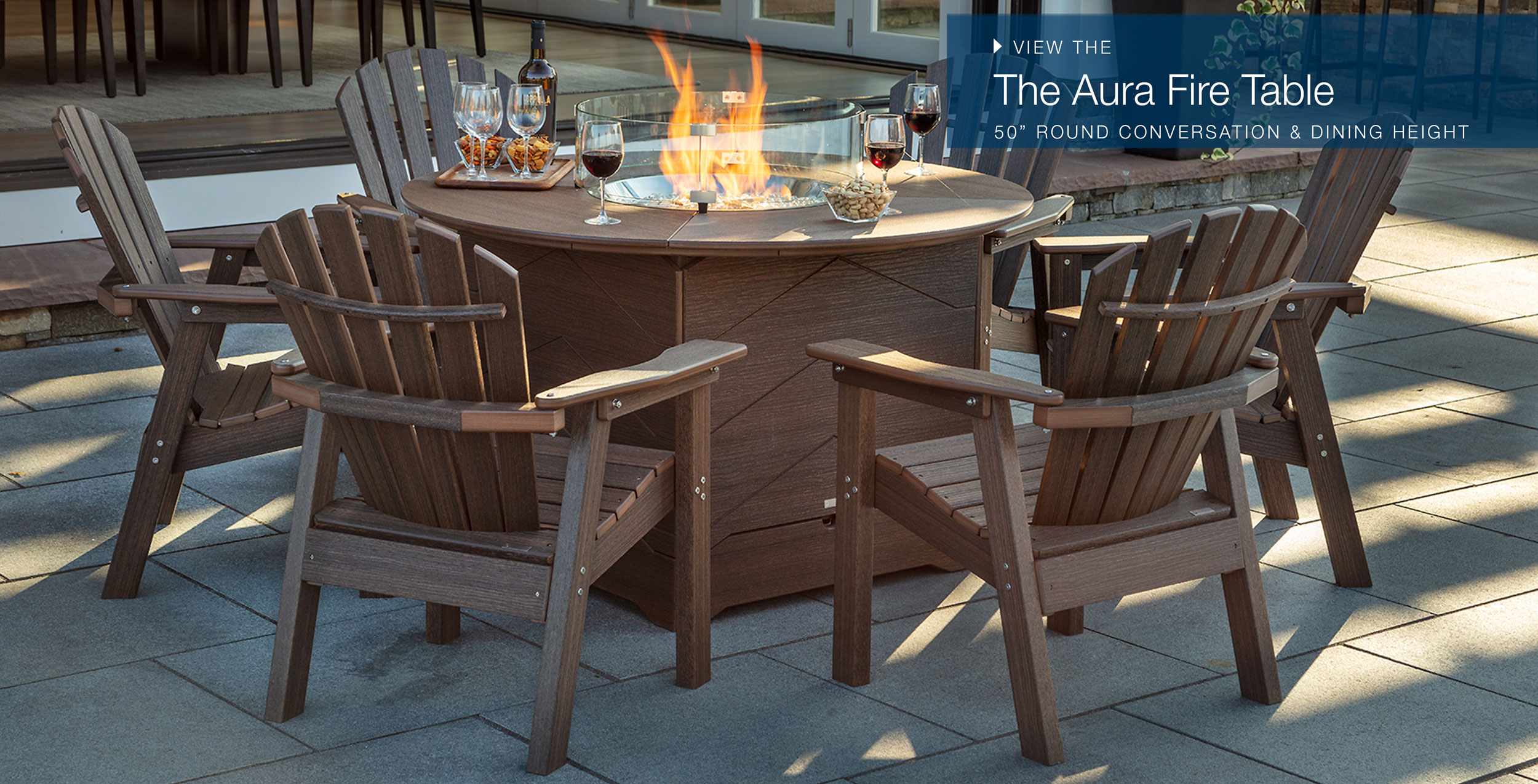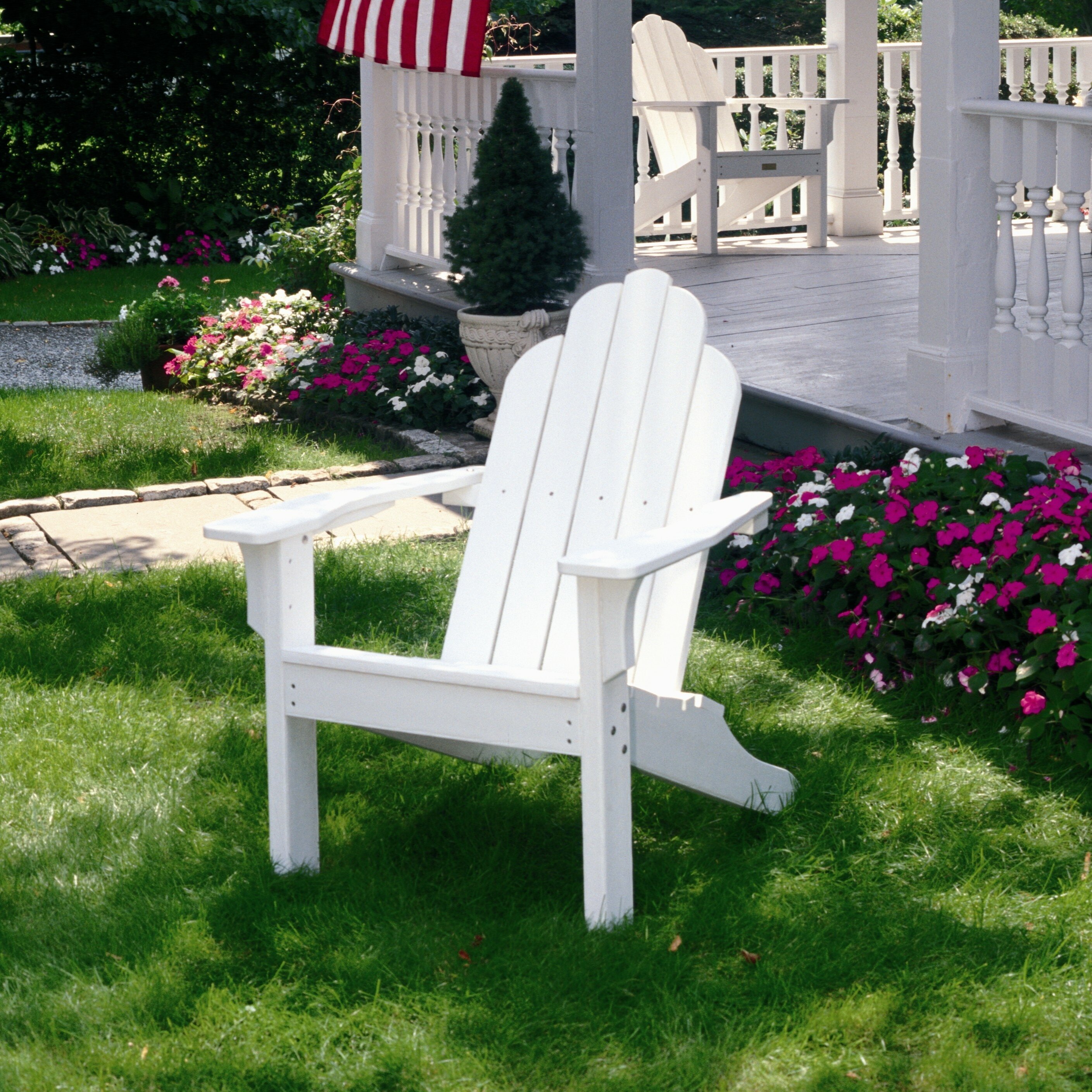Furthermore, the environmental considerations surrounding the production of Woodline umbrellas cannot be overlooked. Many manufacturers are committed to sustainable practices, utilizing eco-friendly materials and processes to minimize their impact on the planet. This dedication to sustainability resonates with consumers who are increasingly conscious of their purchasing decisions and the broader implications of their choices.
HOA umbrellas stand out from individual residential models for several compelling reasons. Understanding these properties helps explain why community associations increasingly choose specialized options over standard alternatives.
The materials used in Grosfillex umbrellas deserve special attention. The company selects components specifically for their ability to withstand outdoor conditions. The frames often feature aluminum construction, chosen for its lightweight yet strong properties and natural resistance to rust. Some models incorporate resin elements that provide flexibility and durability without adding excessive weight. These thoughtful material choices contribute to the umbrellas’ longevity and ease of use.

Teak wood umbrellas offer numerous practical advantages that translate to real value for users. These benefits explain why many consumers choose to pay a premium price for teak models compared to synthetic or metal alternatives.
At its core, the offset design places the main support structure to the side rather than through the center of the canopy. This creates a completely open, unobstructed area Seaside Casual Furniture USA beneath the shade. For practical applications, these properties prove particularly valuable.
Sunbrella umbrellas come in various designs to meet different needs and settings. Understanding the main types helps consumers select the right option for their specific requirements.


Some manufacturers address these concerns through innovative approaches. Certain companies now offer take-back programs where they accept old fiberglass umbrellas for proper recycling or repurposing. Others explore alternative materials that maintain the positive properties of fiberglass while improving end-of-life recyclability.
